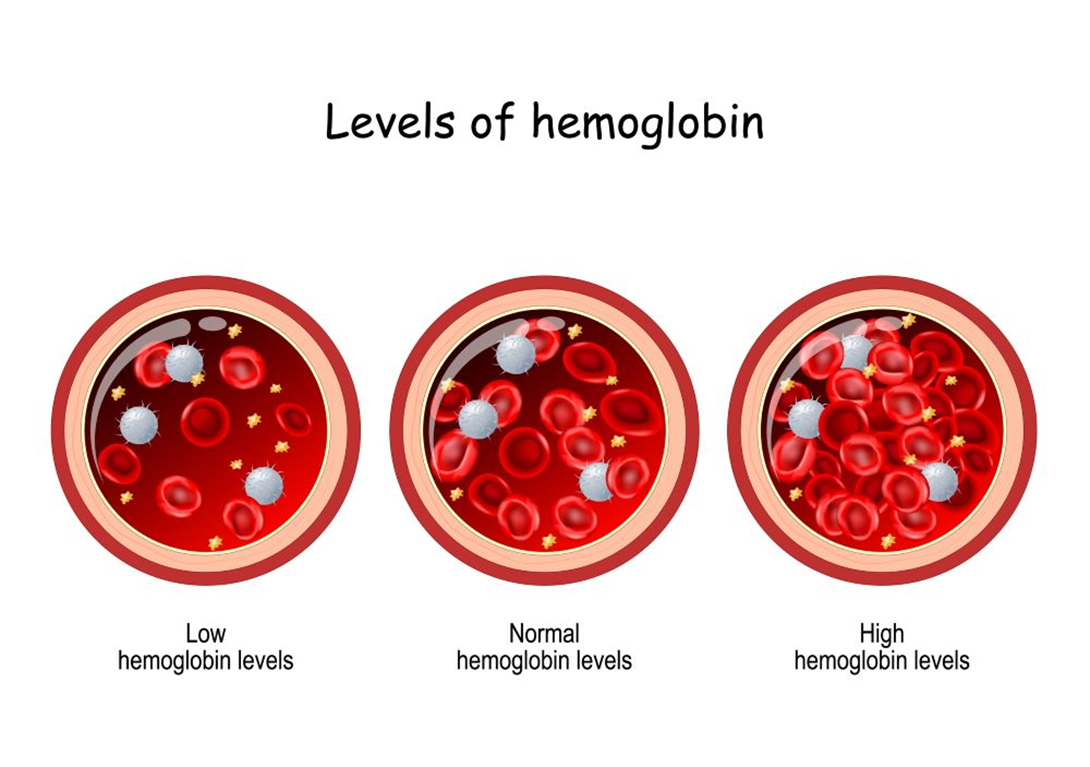A nurse is planning to develop a standard for removal of indwelling urinary catheters from clients following colon resection. Which of the following resources should the nurse use?
Provider's prescription
Maslow's hierarchy of needs
Evidence-based practice
Critical pathway
Surgical record
The Correct Answer is C
Choice A reason: A provider's prescription is not a resource for developing a standard for removal of indwelling urinary catheters. A prescription is a specific order for a particular client, not a general guideline for a group of clients.
Choice B reason: Maslow's hierarchy of needs is not a resource for developing a standard for removal of indwelling urinary catheters. Maslow's hierarchy of needs is a theory of human motivation that ranks the basic needs of individuals from physiological to self-actualization. It does not provide specific information on how to perform nursing interventions.
Choice C reason: Evidence-based practice is a resource for developing a standard for removal of indwelling urinary catheters. Evidence-based practice is the integration of the best available research evidence, clinical expertise, and client preferences and values into clinical decision making. It helps to ensure that the nursing care is effective, safe, and consistent.
Choice D reason: A critical pathway is not a resource for developing a standard for removal of indwelling urinary catheters. A critical pathway is a tool that outlines the expected course of treatment and outcomes for a specific diagnosis or procedure. It does not provide detailed instructions on how to perform nursing interventions.
Choice E reason: A surgical record is not a resource for developing a standard for removal of indwelling urinary catheters. A surgical record is a document that records the details of a surgical procedure, such as the type of surgery, the anesthesia used, the operative findings, and the complications. It does not provide information on the postoperative care of the client.
Nursing Test Bank
Naxlex Comprehensive Predictor Exams
Related Questions
Correct Answer is A
Explanation
Choice A reason: This is the correct choice because this information is relevant and important for the physical therapist. A hemoglobin of 5 g/dL indicates severe anemia, which can cause fatigue, weakness, shortness of breath, and palpitations. The physical therapist should be aware of the client's condition and adjust the therapy accordingly. The physical therapist should also monitor the client's vital signs, oxygen saturation, and tolerance to activity.
Choice B reason: This is not the correct choice because this information is not relevant or important for the physical therapist. A clean-catch urine test is a diagnostic test that requires the client to collect a midstream urine sample in a sterile container. The physical therapist does not need to know about this test or its results, as it does not affect the client's physical therapy.
Choice C reason: This is not the correct choice because this information is not relevant or important for the physical therapist. Opioid-induced constipation is a side effect of opioid medications that can cause abdominal pain, bloating, and difficulty passing stools. The physical therapist does not need to know about this condition or its treatment, as it does not affect the client's physical therapy.
Choice D reason: This is not the correct choice because this information is not relevant or important for the physical therapist. A new diagnosis of colorectal cancer is a serious and life-changing condition that requires medical and surgical interventions. The physical therapist does not need to know about this diagnosis or its prognosis, as it does not affect the client's physical therapy.

Correct Answer is A
Explanation
Choice A reason: A client who had a recent stroke and is showing manifestations of depression needs an interdisciplinary conference because they require a comprehensive and coordinated plan of care that involves multiple disciplines, such as physical therapy, occupational therapy, speech therapy, social work, and mental health services.
Choice B reason: A client whose provider is unhappy with the nursing care does not need an interdisciplinary conference, but rather a feedback and evaluation session with the nurse manager and the provider to address the issues and improve the quality of care.
Choice C reason: A client whose MRI results have not been made available after 2 days does not need an interdisciplinary conference, but rather a follow-up with the radiology department and the provider to expedite the results and adjust the treatment plan accordingly.
Choice D reason: A client whose partner requests that the client be moved to a private room does not need an interdisciplinary conference, but rather a discussion with the admission office and the partner to explore the availability and cost of a private room and the benefits and risks of transferring the client.
Whether you are a student looking to ace your exams or a practicing nurse seeking to enhance your expertise , our nursing education contents will empower you with the confidence and competence to make a difference in the lives of patients and become a respected leader in the healthcare field.
Visit Naxlex, invest in your future and unlock endless possibilities with our unparalleled nursing education contents today
Report Wrong Answer on the Current Question
Do you disagree with the answer? If yes, what is your expected answer? Explain.
Kindly be descriptive with the issue you are facing.
